Marang Tree
- November 12, 2024
- 0 comment
The Marang Tree (Artocarpus odoratissimus Blanco) is a unique and valuable member of tropical ecosystems. Renowned for its lush foliage and edible fruit, this tree plays a significant role in both local biodiversity and human sustenance.

Part of the Moraceae family, which includes other notable trees like the breadfruit and jackfruit, the Marang Tree holds ecological importance due to its role in supporting wildlife and contributing to the health of its natural habitats.
What Is a Marang Tree?
The Marang Tree is a tropical tree native to Southeast Asia, particularly prevalent in the Philippines, Malaysia, and Borneo. It is scientifically classified under the genus Artocarpus, within the family Moraceae. This family is known for producing a variety of fruit-bearing trees that thrive in tropical environments.
| Characteristic | Description |
|---|---|
| Scientific Name | Artocarpus odoratissimus |
| Family | Moraceae |
| Native to | Southeast Asia (Philippines, Malaysia, Borneo) |
| Height | Up to 25 meters |
| Leaves | Large, glossy, and lobed |
| Fruit Weight | Typically 1-3 kilograms |
| Fruit Type | Soft, spiky exterior with creamy, fragrant pulp |
| Dioecious | Contains both male and female flowers on the same tree |
| Flowering Season | Usually during the rainy season |
| Flower Type | Small, clustered, yellowish-green |
| Culinary Use | Sweet, aromatic fruit pulp eaten fresh or used in desserts |
| Additional Uses | Leaves enrich soil; wood and bark have traditional uses |
| Climate | Thrives in tropical, humid climates |
| Ecological Role | Supports biodiversity by providing food and shelter |
| Symbolism | Valued for its contribution to sustainable living and biodiversity |
Key Characteristics of the Marang Tree
- Leaves: The Marang Tree features large, oval, and glossy green leaves with a leathery texture. The leaves are often lobed, adding to their distinctive appearance.
- Flowers: The tree produces small, inconspicuous flowers that cluster together. The male and female flowers grow separately but contribute collectively to pollination.
- Bark: Its bark is typically rough and grayish-brown, which provides a sturdy exterior to protect it from harsh environmental conditions.
- Fruit: The Marang fruit is its most celebrated feature. The exterior is covered in soft, greenish-yellow spikes, and the inside contains a creamy, aromatic pulp that is both sweet and fragrant.
Interesting Fact: The Marang Tree is valued for more than its fruit. The leaves can contribute to soil health when decomposed, enriching the earth with organic material.
Different Types of Marang Tree Species
While Artocarpus odoratissimus is the primary species referred to as the Marang Tree, it shares its genus with other fruit-bearing trees like Artocarpus altilis (breadfruit) and Artocarpus heterophyllus (jackfruit). These related species, though similar in ecological role and appearance, vary in terms of size, habitat preference, and fruit characteristics.

Artocarpus Altilis (Breadfruit)
Breadfruit produces large, starchy fruits with a rough, green skin that can be cooked as a staple food. It is commonly found in Pacific islands and tropical regions, serving as a key crop for food security and sustainable agriculture.
Artocarpus Heterophyllus (Jackfruit)
Jackfruit bears the largest tree-borne fruit, with a spiky exterior and sweet, fibrous flesh. Native to India, it is now widely cultivated in tropical climates and is valued both as a sweet fruit when ripe and as a meat substitute when unripe in various dishes.
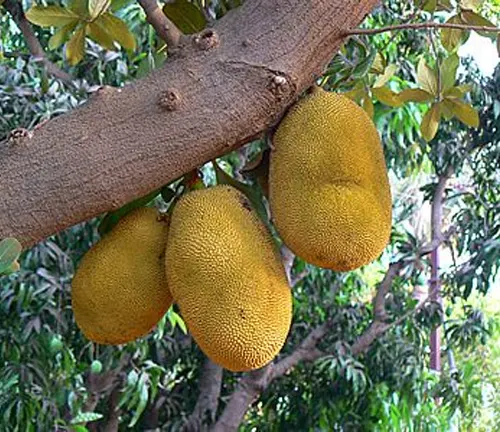
Where Do Marang Trees Grow?
The Marang Tree is primarily found in the humid tropics of Southeast Asia, flourishing in countries like the Philippines, Malaysia, and parts of Indonesia. Its preferred habitat is lowland rainforests, where warm temperatures and abundant rainfall support its growth.
Adaptation to Various Climates, The tree has adapted to thrive in humid, tropical climates but can also survive in slightly drier conditions with proper care. Its deep root system allows it to tap into underground water sources, making it relatively drought-resistant compared to some other tropical trees.
Ecological Role, In these environments, the Marang Tree plays a key role in preventing soil erosion with its extensive root system and contributes to the local ecosystem by providing shelter and food for numerous animals and insects.
How to Grow and Care for Marang Tree
Growing a Marang Tree in a home garden requires knowledge of its natural environment. Here’s a practical guide to help you:

Soil Water Requirements and Sunlight Maintenance:
- Soil: The Marang Tree prefers well-drained, fertile soil with high organic content. Loamy soil enriched with compost is ideal for optimal growth.
- Water: Regular watering is essential, especially during the early growth stages. However, the tree should not be waterlogged, as this can lead to root rot.
- Sunlight: The tree thrives under full sunlight but can tolerate partial shade.
- Pruning and Care: Occasional pruning helps maintain its shape and health. Prune away dead or damaged branches to prevent disease spread.
- Pest Control: The tree is prone to attacks from certain insects, such as fruit flies. Natural pest control methods or organic treatments can help keep infestations at bay.
Propagation Tips: Marang Tree can be propagated from seeds or cuttings. Seeds should be planted soon after extraction, as their viability decreases rapidly.
Ecological Benefits of Marang Tree
The Marang Tree serves multiple ecological purposes:

- Soil Improvement: Its fallen leaves decompose into rich organic matter, boosting soil fertility.
- Erosion Prevention: The tree’s root network helps bind the soil, preventing erosion and maintaining land stability.
- Biodiversity Support: It offers a habitat and food source for various species, including birds and mammals.
Marang Tree Flowering and Pollination
The Marang Tree typically flowers during the early to mid-rainy season. The small, clustered flowers are yellowish-green and emit a subtle fragrance. These blooms attract a variety of pollinators, including bees and beetles.
Pollination Process
Pollination in Marang Trees is primarily aided by insects. The strong scent of the flowers draws pollinators, which help in transferring pollen from male to female flowers. This interaction is crucial for fruit production.
Is Marang Tree Drought-Tolerant?
While the Marang Tree thrives in tropical, moist environments, it has some drought tolerance due to its deep root system. In regions with limited rainfall, it can still survive if watered adequately during dry periods.
Tips for Dry Climates:
- Mulching around the base helps retain moisture.
- Drip irrigation can provide a consistent water supply without over-saturating the roots.
Marang Tree and Wildlife Interactions
The Marang Tree is an essential part of the ecosystem, supporting various wildlife:
- Food Source: The tree’s fruit is a vital food source for birds, fruit bats, and even some primates.
- Habitat: The dense foliage provides shelter for birds and insects, creating a mini-ecosystem within its branches.
Symbiotic Relationships: Some animals, such as fruit bats, play a dual role by consuming the fruit and aiding in seed dispersal. This helps in natural propagation and supports the regeneration of the forest.
Final Thoughts
The Marang Tree (Artocarpus odoratissimus Blanco) is more than just a source of delicious fruit. It is a vital part of tropical ecosystems, contributing to soil health, supporting wildlife, and preventing erosion. Its role in local biodiversity underscores its importance in maintaining ecological balance and promoting sustainable environmental practices. By understanding and protecting trees like the Marang, we can foster healthier ecosystems and encourage biodiversity conservation efforts.
Frequently Asked Questions (FAQs)
- What is a Marang Tree?
The Marang Tree is a tropical fruit tree native to Southeast Asia, known for its large, spiky fruit and edible, aromatic pulp. - Where does the Marang Tree grow?
It naturally grows in the rainforests of the Philippines, Malaysia, and parts of Indonesia, thriving in warm, humid climates. - What does the Marang Tree look like?
It has large, glossy green leaves, rough grayish-brown bark, and bears greenish-yellow, spiky fruits. - How do you grow a Marang Tree?
Grow it in well-drained, fertile soil with regular watering and full sunlight. Propagation is best done through fresh seeds or cuttings. - Is the Marang Tree drought-tolerant?
It has some drought tolerance due to its deep root system but needs regular watering during dry periods for healthy growth. - What wildlife does the Marang Tree support?
The tree provides food for birds, fruit bats, and some primates, and offers shelter for various insects and birds. - When does the Marang Tree flower and how is it pollinated?
It flowers during the rainy season, and its small, scented blooms attract bees and beetles for pollination. - What are the ecological benefits of the Marang Tree?
The tree improves soil health, prevents erosion with its roots, and supports biodiversity by providing food and habitat for wildlife.
We hope this guide has highlighted the ecological and social importance of the Marang Tree. Have experience growing Marang Trees or thoughts to share? Join the conversation below and inspire others to value these trees and support sustainable practices. Share this guide with those who care about conservation and preserving our natural resources for future generations.


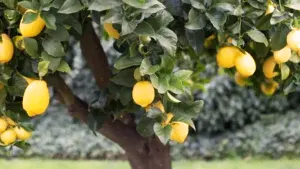

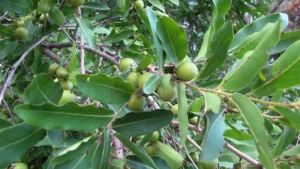

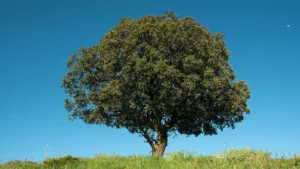
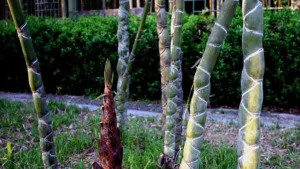


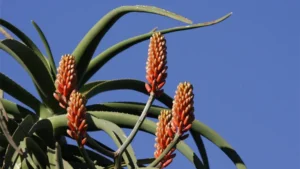
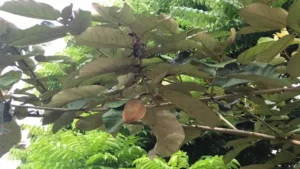
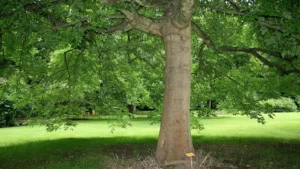
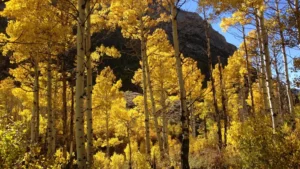
Leave your comment